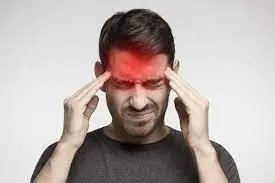
What to Do Immediately After a Snake Bite
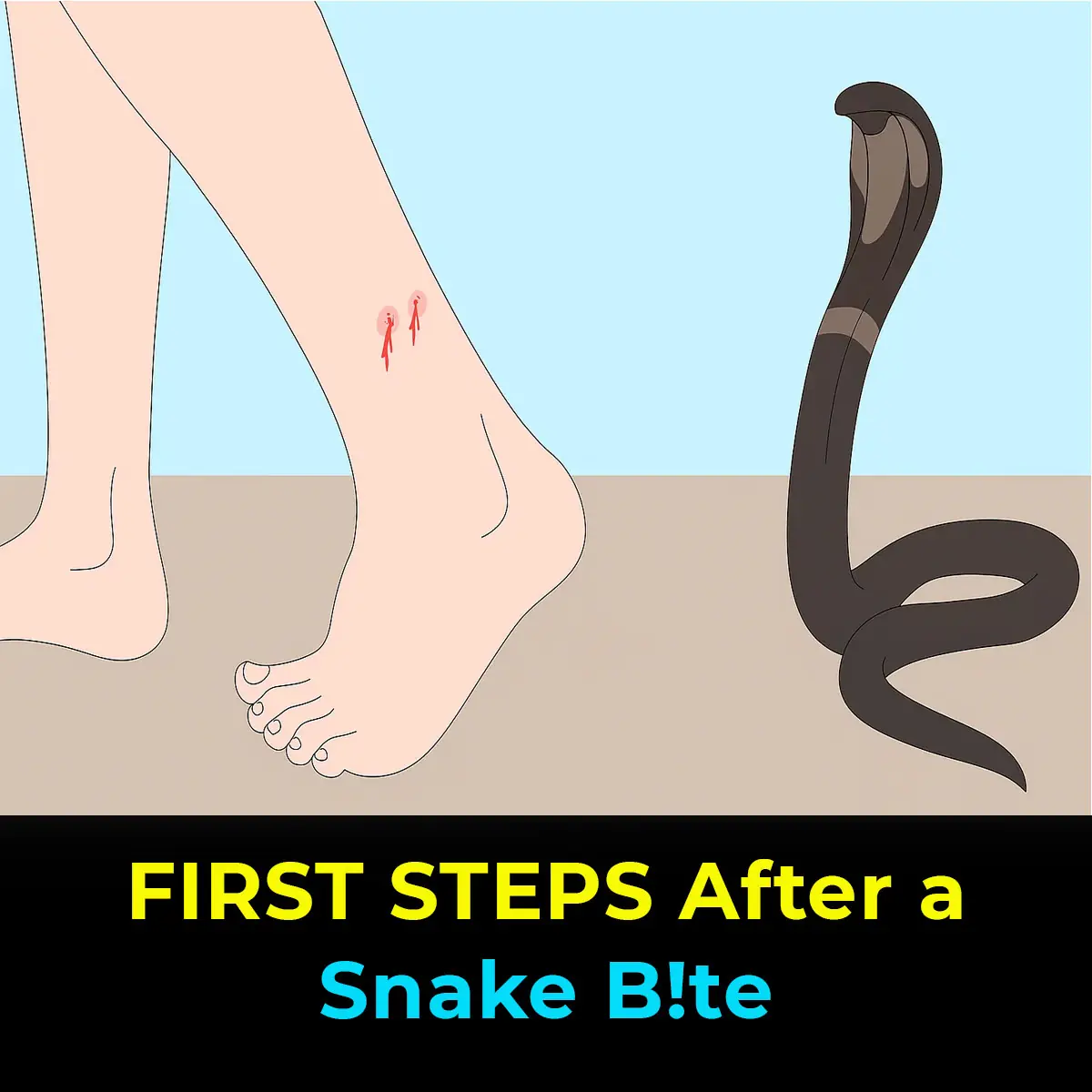
Each year, around 7,000 to 8,000 people in the U.S. suffer venomous snake bites, with only a small number resulting in fatalities due to quick medical intervention. However, in lower-income countries, snakebite envenoming continues to pose a significant public health risk.
Only about 15% of snakes worldwide are venomous, with roughly 20% of these found in the U.S., including species like rattlesnakes, coral snakes, cottonmouths, and copperheads. Venomous snakes typically have distinct characteristics such as slit-shaped pupils, triangular heads, and fangs — with the exception of the coral snake, which has round pupils and a blunt head.
What to Do After a Snake Bite
1. Get to Safety and Remain Calm
-
Move away from the snake immediately.
-
Do not attempt to catch or kill it.
-
Keep calm to help slow your heart rate and limit the spread of venom.
-
Remove any tight clothing or jewelry from the affected area.
2. Observe the Snake (If It’s Safe)
-
If possible, note the snake’s size, shape, and color.
-
Take a photo from a safe distance, which can assist medical professionals in treating you.
3. Keep the Affected Limb Immobilized
-
Avoid moving the bitten area.
-
Use a splint if necessary to keep the limb still and below heart level.
4. Seek Medical Help Immediately
-
Call emergency services or head to the nearest hospital.
-
If you're alone, try signaling for help and move carefully while minimizing movement in the affected limb.
What Not to Do:
Avoid common myths that could make the situation worse:
-
Do not cut the wound or attempt to suck out the venom.
-
Do not apply ice or use a tourniquet.
-
Avoid consuming alcohol, caffeine, or over-the-counter painkillers like ibuprofen or aspirin.
What to Expect at the Hospital
At the hospital, medical professionals will evaluate the bite, provide antivenom if necessary, and administer wound care and pain management. They will monitor symptoms like swelling, redness, and increasing pain.
Prevention Tips:
-
Wear protective clothing and footwear when hiking or walking in areas known to have snakes.
-
Use flashlights at night to help spot snakes.
-
Avoid provoking or attempting to handle snakes.
-
Stay alert when walking in grassy or rocky areas.
Being well-informed and prepared is key to handling a snakebite. In the event of a bite, staying calm and seeking prompt medical help can make all the difference in saving your life.
News in the same category


A Nigerian Scientist Developed a High-Tech Cancer-Detecting Goggles That Help Surgeons Spot Cancer Cells More Accurately.

Scientists discover ultra-massive 'blob' in space with a mass of 36,000,000,000 suns
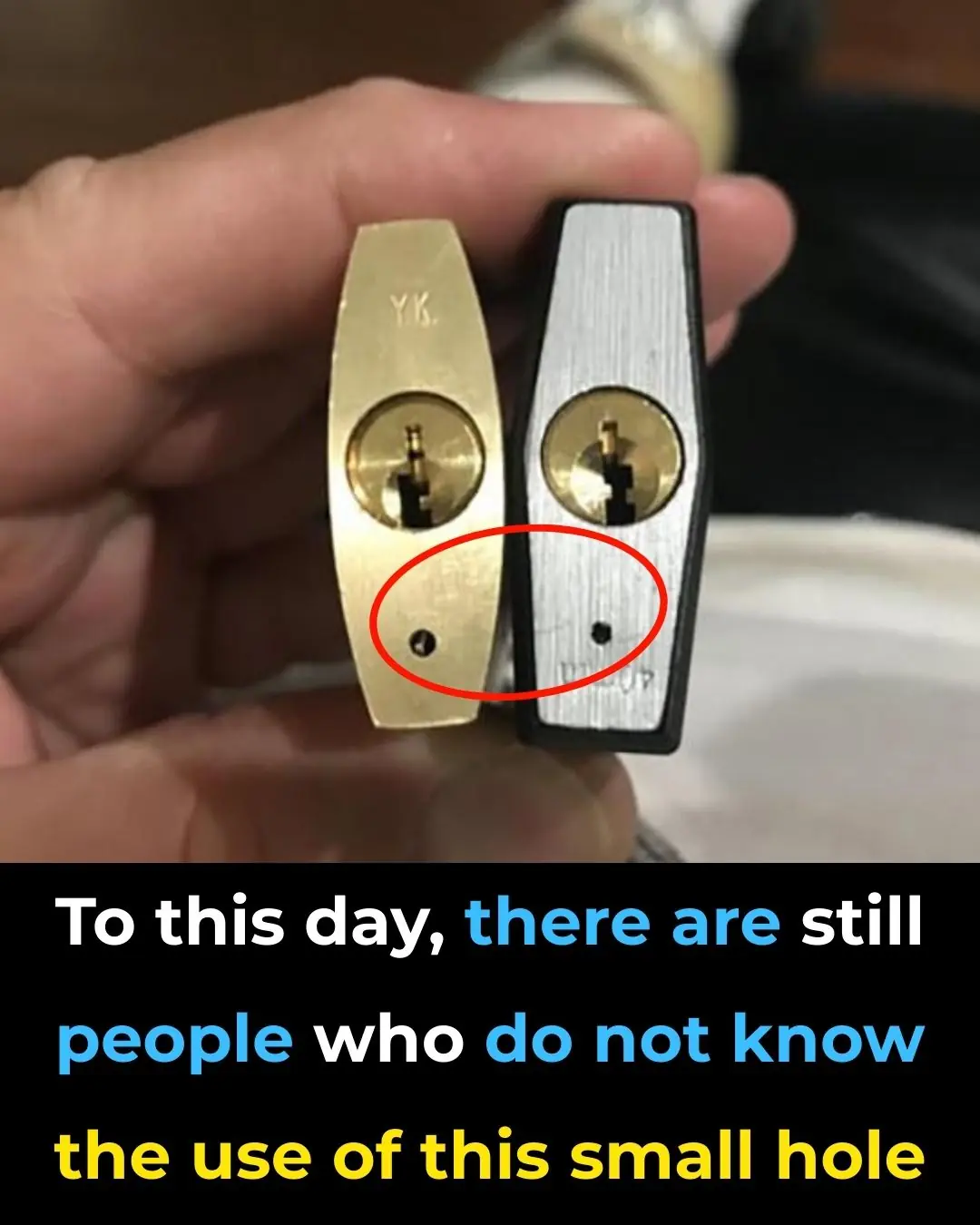
What’s the Small Hole in a Padlock For?

World’s First Surviving Septuplets Celebrate 27th Birthday
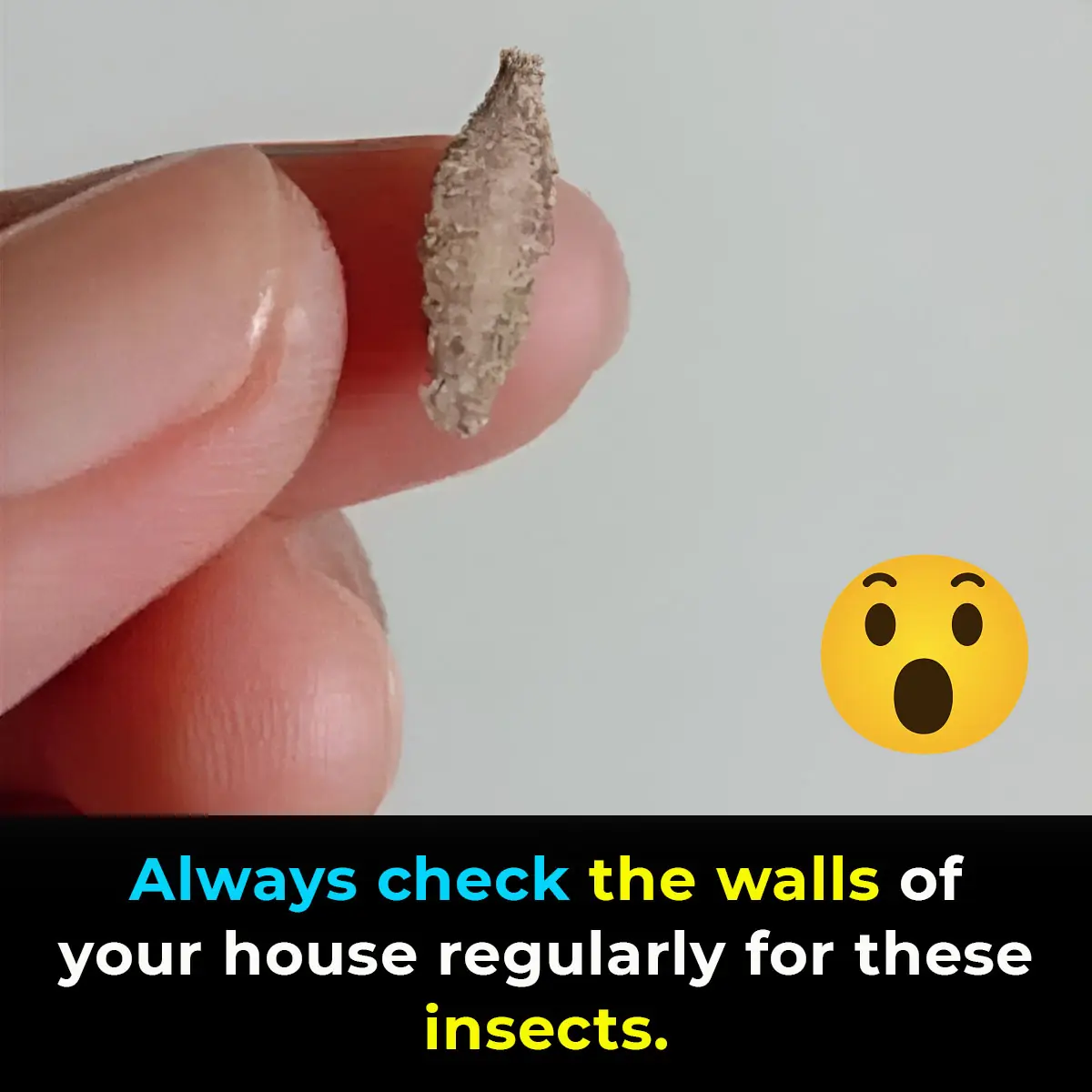
Ever Seen This Creepy Wall-Clinging Moth? Meet the Kamitetep

Flight attendant explains the unexpected reason cabin crew keep their hands under their thighs during takeoff and landing
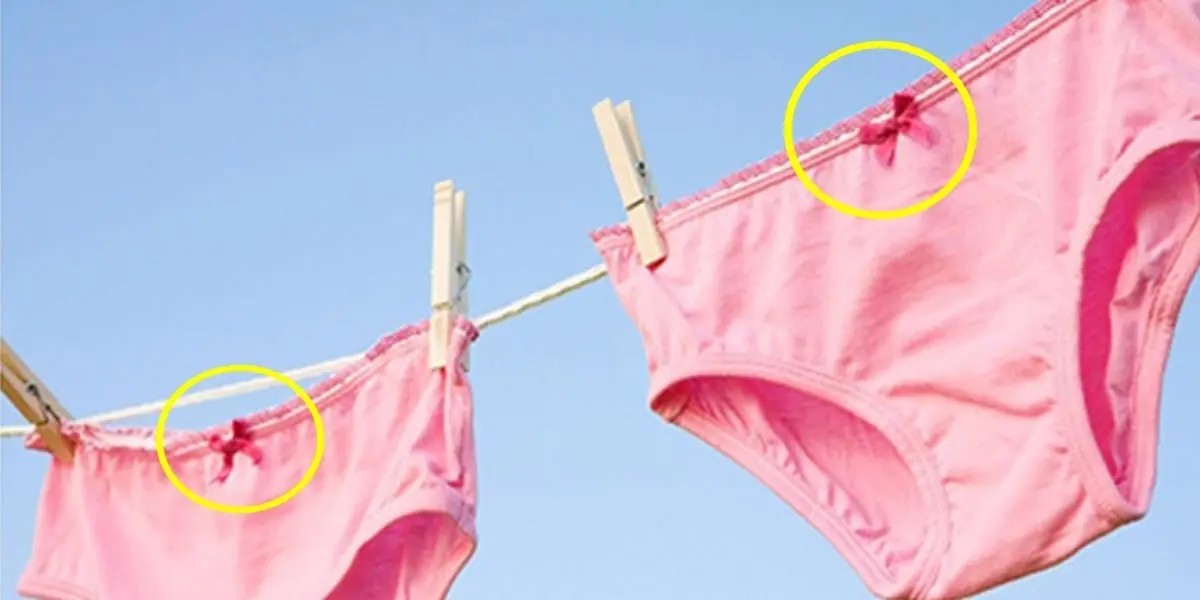
People Are Just Realizing Why Women’s Underwear Have A Bow On Front

Setting Your AC to 26°C at Night Might Not Be the Best Idea
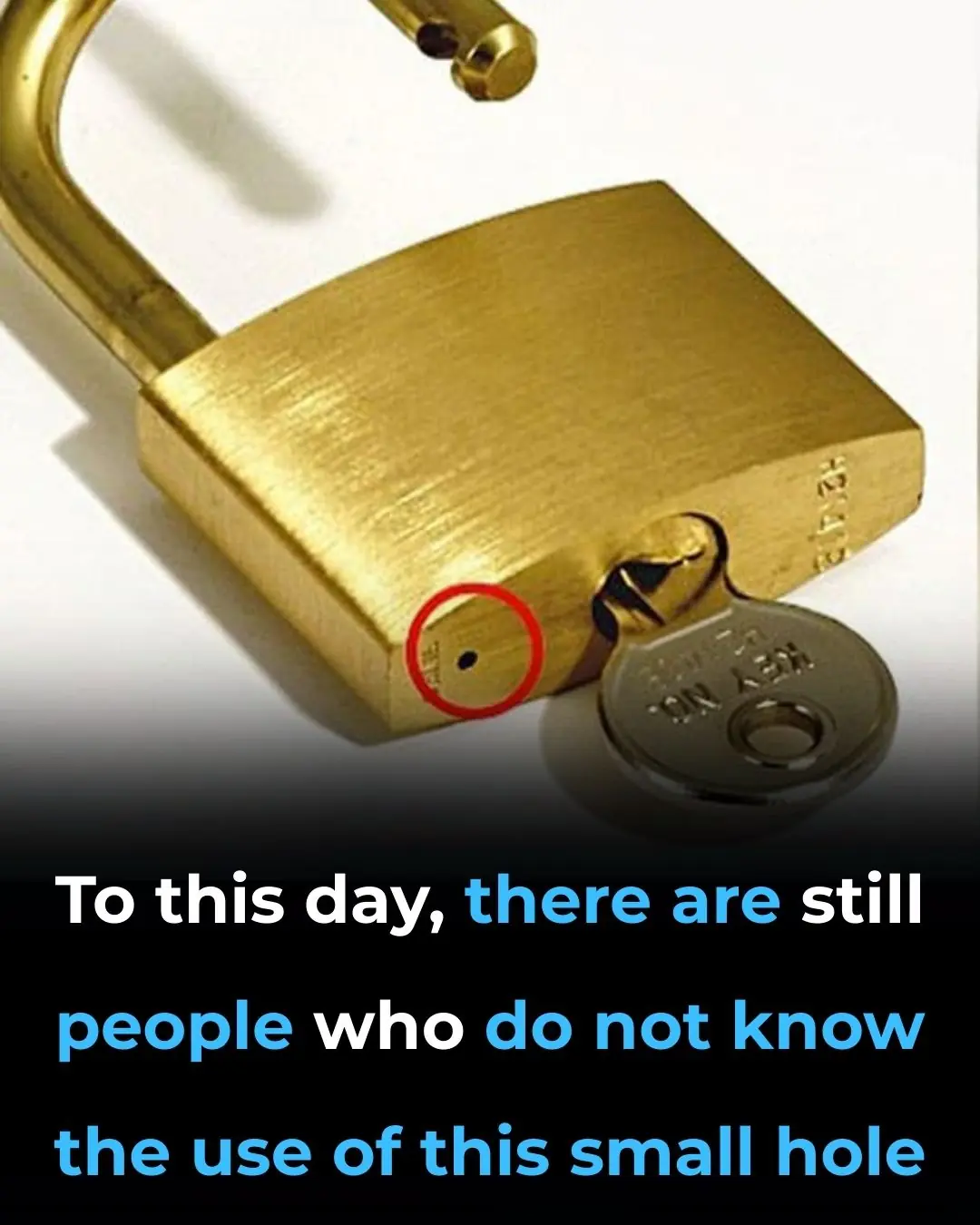
What’s the Small Hole in a Padlock For?
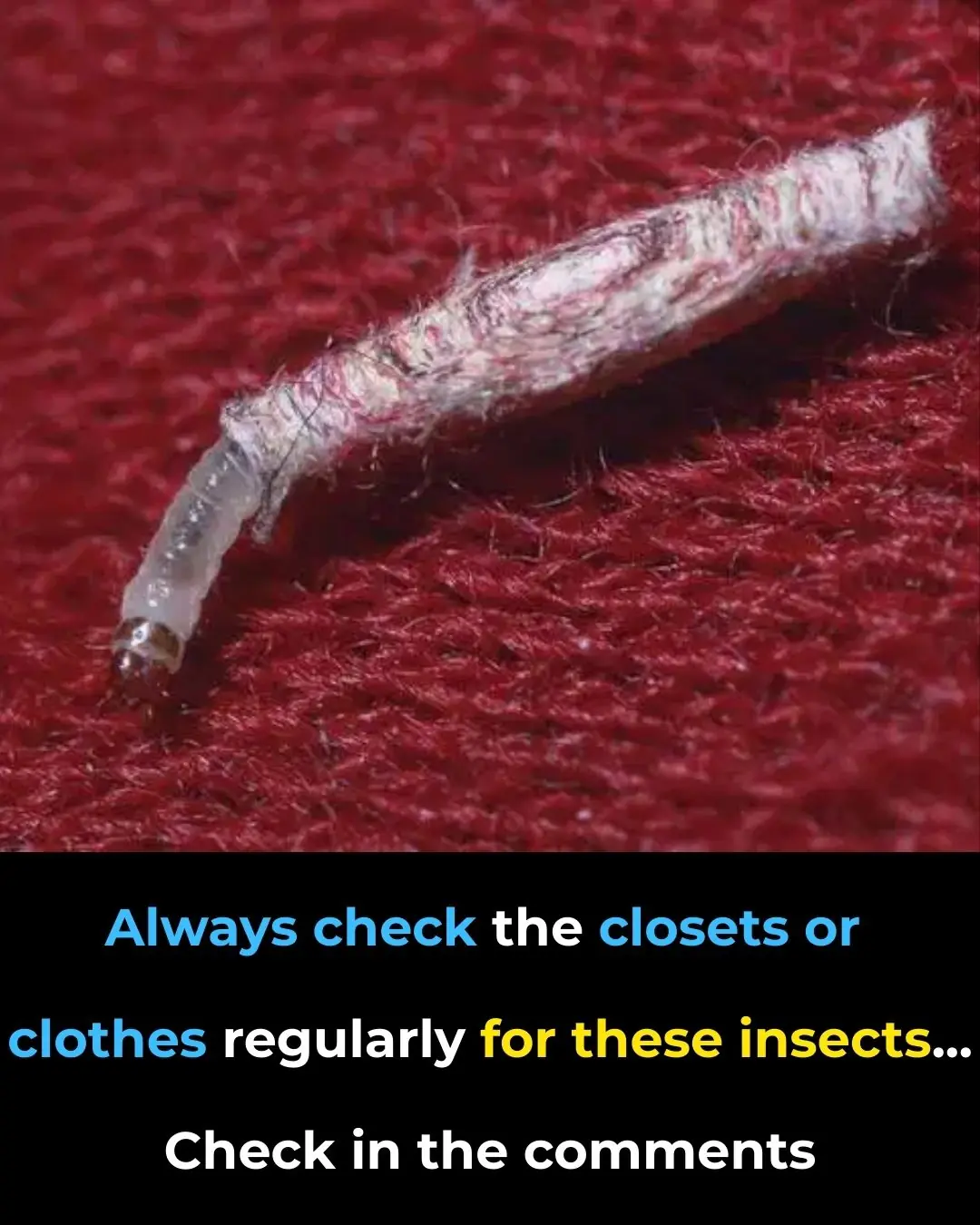
How to Get Rid of Moths Naturally

Say Goodbye to Joint and Foot Pain with a Relaxing Rosemary Bath

Gyan Mudra benefits revealed: How this ancient hand gesture can boost your mind and body

Man, 76, dies while trying to meet up with AI chatbot who he thought was a real person despite pleas from wife and kids

Black Cat at Your Doorstep? Here's the Hidden Spiritual Meaning and What It Reveals About You
It’s not unusual to open your front door and discover a mysterious cat waiting to be let in. While some see this as a spiritual sign of good luck, the truth is often much more practical—and just as fascinating.

NASA crew begins gruelling training for monumental mission that's not been done in 50 years

User 'terrified' after AI has total meltdown over simple mistake before repeating 'I am a disgrace' 86 times

$1M Plastic Surgery TV Star’s Transformation

My Wife Had a Baby with Dark Skin – The Truth That Changed Everything
News Post

You Can Adopt Puppies That Were ‘Too Friendly’ to Become Police Dogs

A Nigerian Scientist Developed a High-Tech Cancer-Detecting Goggles That Help Surgeons Spot Cancer Cells More Accurately.

Final straw that led to billionaire CEO's desperate escape from Japan inside 3ft box
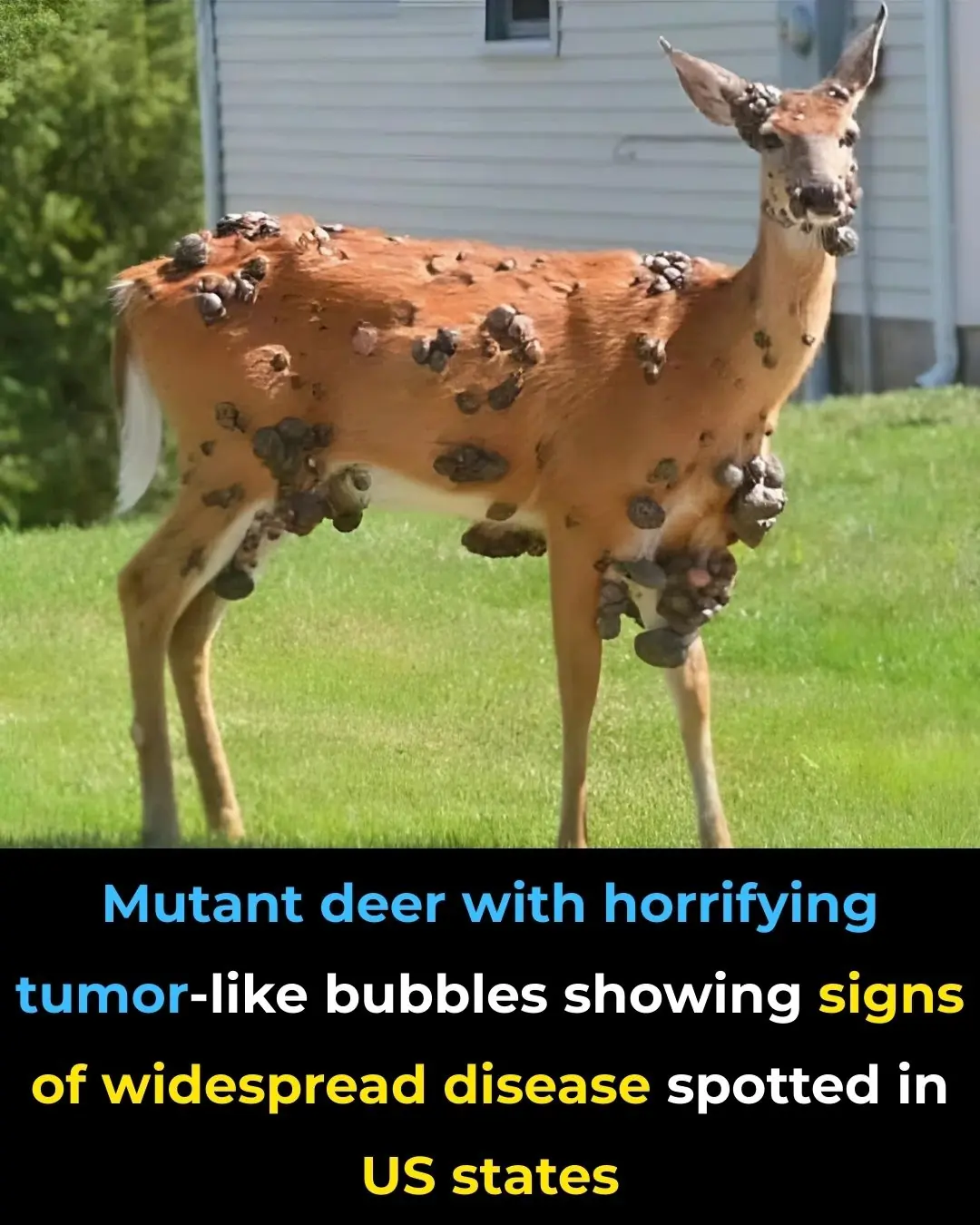
Mutant deer with horrifying tumor-like bubbles showing signs of widespread disease spotted in US states

'Frankenstein' creature that hasn't had s3x in 80,000,000 years in almost completely indestructible

Scientists discover ultra-massive 'blob' in space with a mass of 36,000,000,000 suns

When a Washing Machine Shows 7kg, 8kg, or 10kg, Is That the Weight of Dry or Wet Clothes? The Real Meaning Behind These Numbers Is Something That Few People Know

Place a Bowl of Salt in the Fridge: A Small Trick, But So Effective — I Regret Not Knowing It for 30 Years

If Your White Walls Are Dirty, Don’t Clean Them with Water — Use This Trick for a Few Minutes, and Your Wall Will Be as Clean as New

Bubble Wrap Has 4 Uses 'As Valuable as Gold' — But Many People Don’t Know and Hastily Throw It Away

3 Ways to Prevent Snakes from Entering Your House: Protect Your Family

5 Household Devices That Consume More Electricity Than an Air Conditioner: Unplug Them to Avoid Skyrocketing Bills

How a Common Kitchen Powder Can Help Your Plants Thrive and Bloom

How to Effectively Clean Black Mold from Your Refrigerator Gasket in Just 5 Minutes

10 Early Warning Signs Your Blood Sugar Is Way Too High

If Your Legs Cramp at Night You Need to Know This Immediately

Warning Signs Your Body Is Full of Parasites and How to Effectively Eliminate Them Naturally

Warning Signs of a Parasite Infection And How to Eliminate It for Good
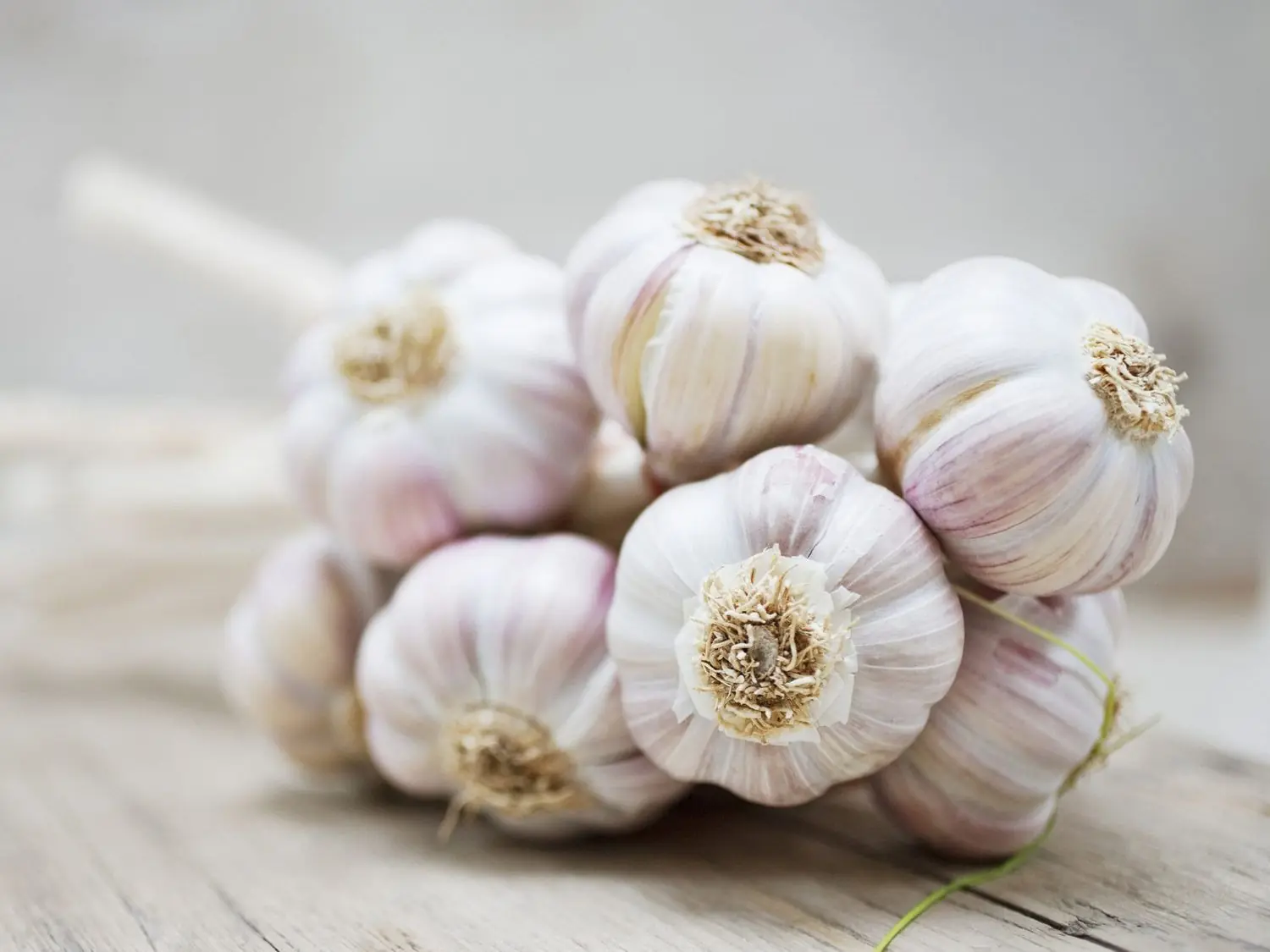
What Raw Garlic Can Do for Your Health Is Truly Unbelievable
